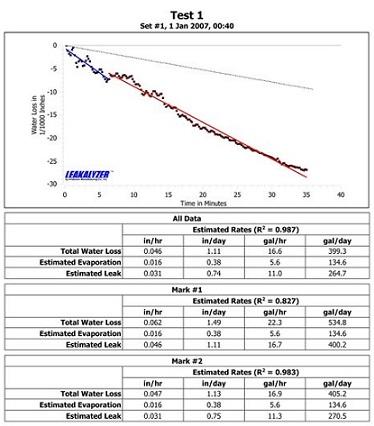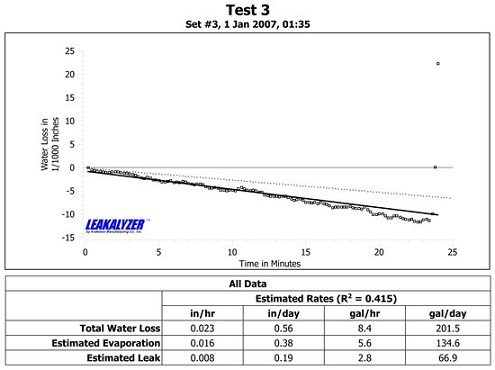
We introduced the Light Cover for use with our LeakTrac – Vinyl Liner Leak Detector more than 20 years ago. The purpose of the cover is to insulate the light from being a distracting electrical connection from inside the pool to ground. As many of you know, skilled artisans in the leak detection business have also used the domes from these covers (and other types of covers, bowls and plugs) with dye to detect the presence of a leak in an isolated area, and they have been doing so for many years.
Red Rhino Leak Detection of West Palm Beach FL, recently acquired patents for a method and device for locating leaks in swimming pool lights using a transparent dome, dye, and a suction cup to hold the dome over the light, (#9464959, #9128002). They filed a lawsuit against us, alleging that the manufacture, sale and use of our Light Cover dome for dye testing infringes on one of their patents. We feel strongly that Red Rhino’s patents are invalid because the claimed technology has been known and used in the industry since well before Red Rhino filed its patent applications, and we also feel strongly that our LCDT product does not infringe for multiple reasons. We shared these beliefs with Red Rhino even before they sued us.
Nevertheless, we also respect the intellectual property of others. Thus, until the suit is resolved, we have elected to replace the clear dome of the LCDT product with an opaque dome. The patent at issue specifically requires that the housing (or dome) of the device be “transparent whereby the flow of dye in the hollow housing is observable by a user of the device.” With the opaque dome, the user of the LCDT product cannot observe the flow of dye in the hollow housing (dome). Thus, the modified LCDT product does not meet this requirement of the patent claim.
This modification does not change the utility of our LCDT product. To detect the presence of a leak in the area isolated by the dome of the LCDT Light Cover, we instruct the user to administer dye outside an opening in the dome. If the dye is sucked through the opening in the dome the user knows there is a leak somewhere in the isolated area that will warrant further inspection and ultimately a repair. If dye is not sucked through the opening the user can eliminate it as a possible leak source.
Thus, it does not matter whether the dome is transparent or opaque for the purposes of detecting the presence of a leak. And in fact, spending time watching the movement of dye inside the dome will provide no additional benefit because currents resulting from the draw of water into the dome actually disperses the dye faster than would be the case without the dome. In order to actually see dye move toward the leak one would have to deliver it just as carefully and closely to the suspected area as one would without the dome.
Clear domes are of benefit for other leak detecting purposes however, and we do still sell transparent domes in other configurations for these applications.














